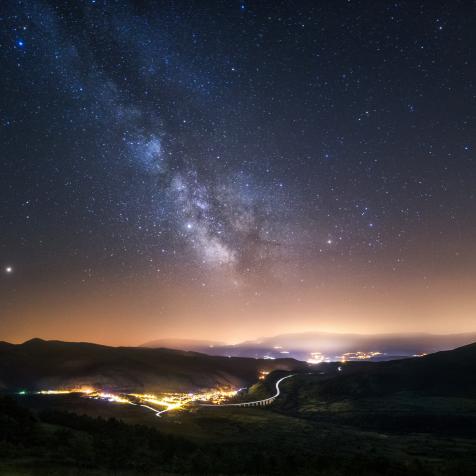
Mark Heslington
Spider Silk: Wonder Material Used to Heal the Human Body
Spider silk is one of nature's wonder materials, more flexible than nylon, thinner than a human hair, and, for its weight, stronger than steel. Webs and nests are spun from this incredible natural protein and spiders use thin threads to glide through the air and escape from predators. Now science is looking to exploit silk's properties as a way to deliver medicines and heal our bodies.
The medicinal benefits of raw spider silk have been known for centuries. Ancient Greeks and Romans cleaned wounds with honey and vinegar and then used balled-up spider webs to stop the bleeding.
A Web of Innovation
Artificial spider silk is being explored as an environmentally friendly material that could revolutionize engineering, textiles, and aircraft production, but its use as a bioactive material in drug delivery and tissue regeneration are relatively new concepts. Synthetic silk's properties mean it is strong and flexible enough to be used in artificial ligaments, surgical sutures, and cell scaffolds for tissue repair.
But producing the necessary quantities of silk for human medicine is difficult. Spiders are cannibal species and cannot be farmed in the same way as silkworms. So one firm uses silkworms genetically modified to create spider silks. Another research group has spliced arachnid genes into E.coli bacteria to produce a more elastic but weaker silk fiber.
Researchers are now harnessing silk produced by the E.coli bacteria to create a biodegradable mesh that can accelerate tissue growth. Decorating the fibers with antibiotics means patients can be given controlled release to fight infection in slow-healing wounds.
But far and away the most bizarre production method is Utah State University's use of transgenic goats, whose genes are altered to allow them to produce spider silk in their milk. Future applications of the goat silk include gels, glues, and coatings for medical implants.
Spin and Weave

Issarawat Tattong
Spinning is yet another challenge in creating synthetic silk. Spiders naturally produce up to seven different types depending on which glands they use and the way they spin it. Human attempts to imitate these processes have included manipulating silks using microfluidic systems, combining chemicals using wet-spinning to create silk polymers, and electrospinning, which uses an electric charge to draw out silk threads.
Harsh chemicals in these processes can make silk polymers unusable in medical products. But a team at a Swedish university has created bioactive silk proteins by placing droplets on top of microscopic silicon pillars to form three different types – nanowires for use in cancer treatment, coatings to detect biomarkers, and sheets for use in scaffolds to promote cell growth.
Robotically teasing out silk from a hydrogel is another option to scale up production quickly. Now scientists from a Japanese institute devoted to sustainable manufacturing has created what it calls a microbial cell factory using marine bacteria and photosynthesis.
To produce their synthetic dragline silk – used by spiders in web building for its strength – they genetically modified the purple bacteria Rhodovulum sulfidophilum to make silk using only seawater, salt, nitrogen gas, yeast, and light. The whole process is carbon neutral and could lead to huge volumes being produced without any environmental impact.
Dragline silk is the component of another groundbreaking medical technology – biolenses that can be used to image the human body. Researchers collected silk from a species known as the daddy-long-legs spider and treated it with resin. As the resin set on the fiber, it created a high-precision optical lens.
In the future, this technique could be used to enable high-resolution imaging inside biological tissue and the human body.


















